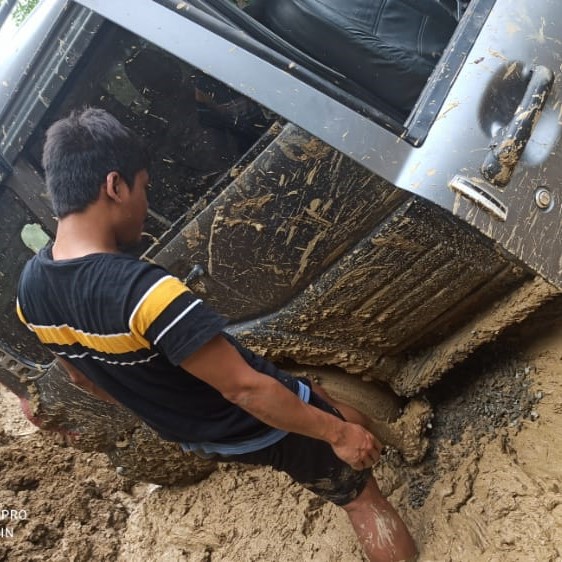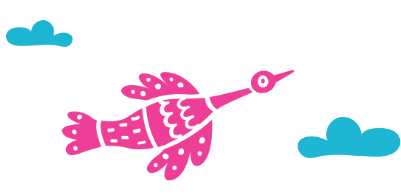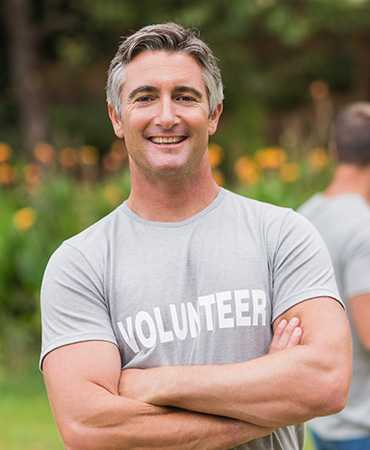For the Aashwasan team to reach the Bru, Pang and Bawng communities living in the Bungtlang South block in the western part of Lawngtlai District in Mizoram on the border of India and Bangladesh was a particularly difficult task. They reside in distant highland places that are difficult to reach. These are places which cannot be covered in a day’s travel and some places can only be reached on foot. In addition, the rich linguistic diversity makes it difficult for an outreach team as it is not very easy to have such diverse linguistic profiles within a small team.
But for each member of the Aashwasan team reaching the person living in the farthest corners and living by the value of inclusion that was central to the design of this campaign were always at the forefront. The members of the Aashwasan team were primarily from various local and indigenous communities who respected the cultural diversity of their native place. Understandably, they were not dissuaded by the situation and did not take interpret the linguistic diversity in the negative light of ‘linguistic differences or constraint’. They never settled for the ‘easy way out’ or the ‘low-hanging fruit approach’ of using the most-spoken language that inevitably lacks the spirit and capability of being inclusive. They hired local translators to translate from various tribal languages to Mizo and vice versa and conducted the information and engagement sessions with their help.
To solve the distance barrier, they would pack all the materials required for the Aashwasan activities such as IEC materials, records etc. in their vehicles along with their personal essentials for 2-3 days and travel to different villages. They sought help from the locals, government entities, and all possible resources to arrange their halt and stay in the villages. After visiting a few villages close to each other they would return to their base.
They covered 20 villages across the bock and found more than 350 presumptive people and two TB positive persons.






































